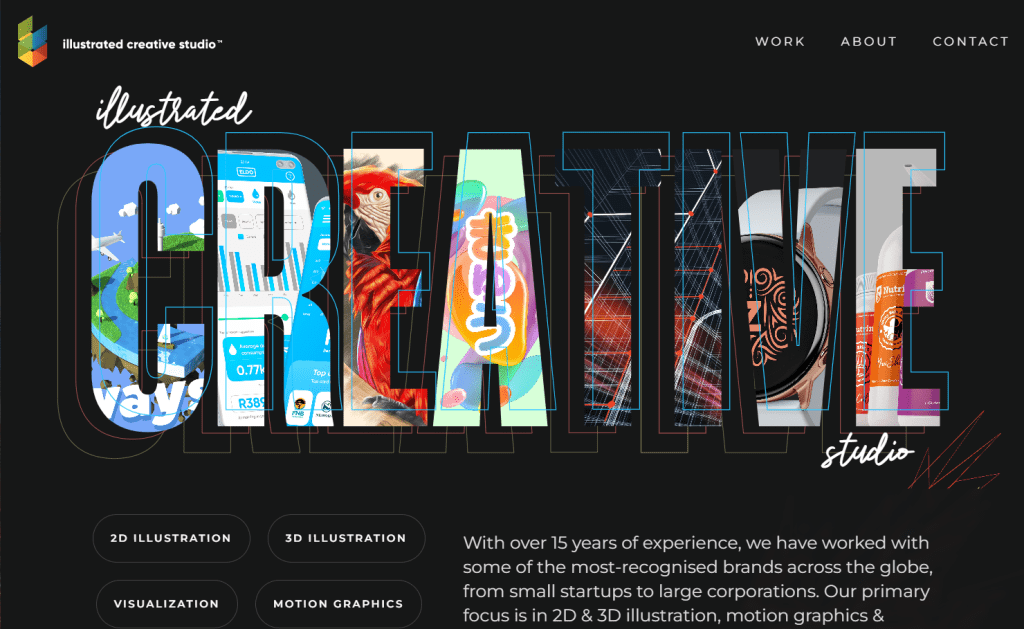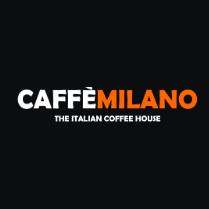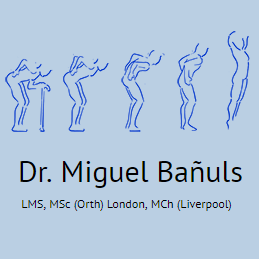Typography in web design is a fundamental element that extends beyond mere font selection; it serves as an evocative medium capable of shaping user perceptions and experiences. As websites increasingly vie for consumer attention, adopting the best practices for typography has become crucial for ensuring clarity and engagement. Currently, brands are embracing typography trends for 2025 that focus on customization and accessibility, reflecting a shift towards inclusivity in design. Accessible typography not only enhances readability but also expands audience reach, making it a vital consideration for all web designers. In this article, we will delve deeper into how effective typography can transform digital landscapes, ultimately amplifying the importance of strategic design choices in web experiences.
In the realm of digital aesthetics, effective text styling is not merely a decorative choice; it’s a communicative vessel that profoundly influences how users engage with content. The art of arranging words visually—through various font styles and sizes—plays a quintessential role in modern site design, echoing the need for clarity and emotional resonance. As we explore the significance of textual design strategies and emergent typography innovations, we will uncover ways that tailored text can enhance user journeys and support inclusive web practices. This exploration of digital lettering reveals how mindful typography can harmonize with user expectations while fulfilling branding objectives. Through an in-depth understanding of this visual language, designers can ensure their digital spaces not only attract but also retain their audience’s attention.
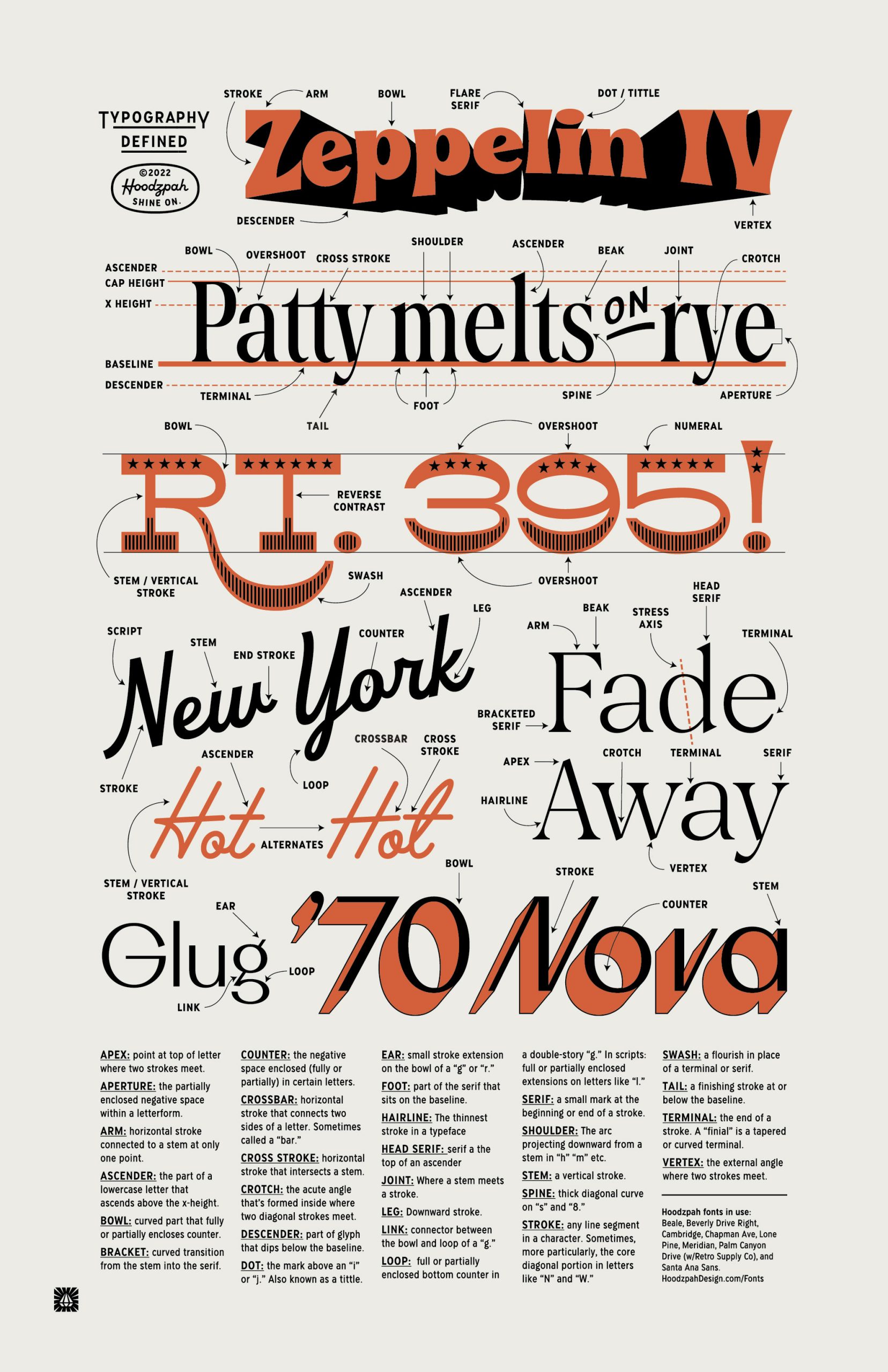
The Emotional Impact of Typography
When users land on a website, the typography is one of the first elements that engages them, often setting the emotional tone of their experience. Fonts can whisper soft sentiments or shout bold declarations, influencing how visitors feel about the content at hand. For example, a playful, handwritten typeface might evoke nostalgia, whereas a sleek, modern font could convey professionalism. Typography, like a fine brush, paints the very mood of the web page, creating an invisible thread that connects the user to the intended message.
Moreover, a careful selection of typography can elevate a brand’s identity. It speaks to the audience, revealing its personality without uttering a single word. Brands that choose their fonts wisely can establish a strong bond with users, as the right typography resonates with the audience on a deeper level. In essence, typography becomes a voice—an unsung hero that directs the narrative flow and leads readers toward the heart of the text.
The Role of Technology in Typography
In our rapidly evolving digital landscape, technology is weaving a tapestry that intertwines creativity and innovation in typography. The advent of variable fonts is a game-changing phenomenon; a single font can morph into various styles, like a chameleon, adapting seamlessly to different contexts. This flexibility not only enhances visual richness but also streamlines website performance, reducing load times—a win for both aesthetics and function.
As we propel further into the future, artificial intelligence is stepping into the typography realm, reimagining how we interact with text. Imagine a typeface that learns user preferences, adjusting its size and style based on behavior. This futuristic twist on typography is not only exciting but also essential, offering a unique personalization that can transform the user experience. It represents the union of humanity and technology, creating a responsive dialogue between design and user that was once mere fantasy.
However, with great power comes great responsibility. While these advancements can enhance user interaction, designers must wield them with care, ensuring that the essence of accessibility is never compromised. Technology should serve to eliminate barriers, not create new ones.
Typography and User Engagement
User engagement is the pulse of any website, and typography plays a significant part in keeping that pulse steady and strong. Research backs this up—websites that employ clear, well-organized typography experience lower bounce rates and higher interaction levels. A striking font may grab attention, but it is the legibility that holds it, guiding the user through the labyrinth of information. Carefully curated typography can invite readers to linger a while longer, coaxing them to explore the depths of the content.
Beyond just engagement, effective typography also fosters a sense of trust. When users perceive that a website prioritizes clarity through its text, they feel more inclined to delve deeper into the content, developing a bond with the brand. Typography can reflect stability and authority, or whimsy and approachability—each choice matters in crafting the user’s journey. Thus, designers must not merely see typography as decoration but rather as a pivotal player in shaping the overall experience.
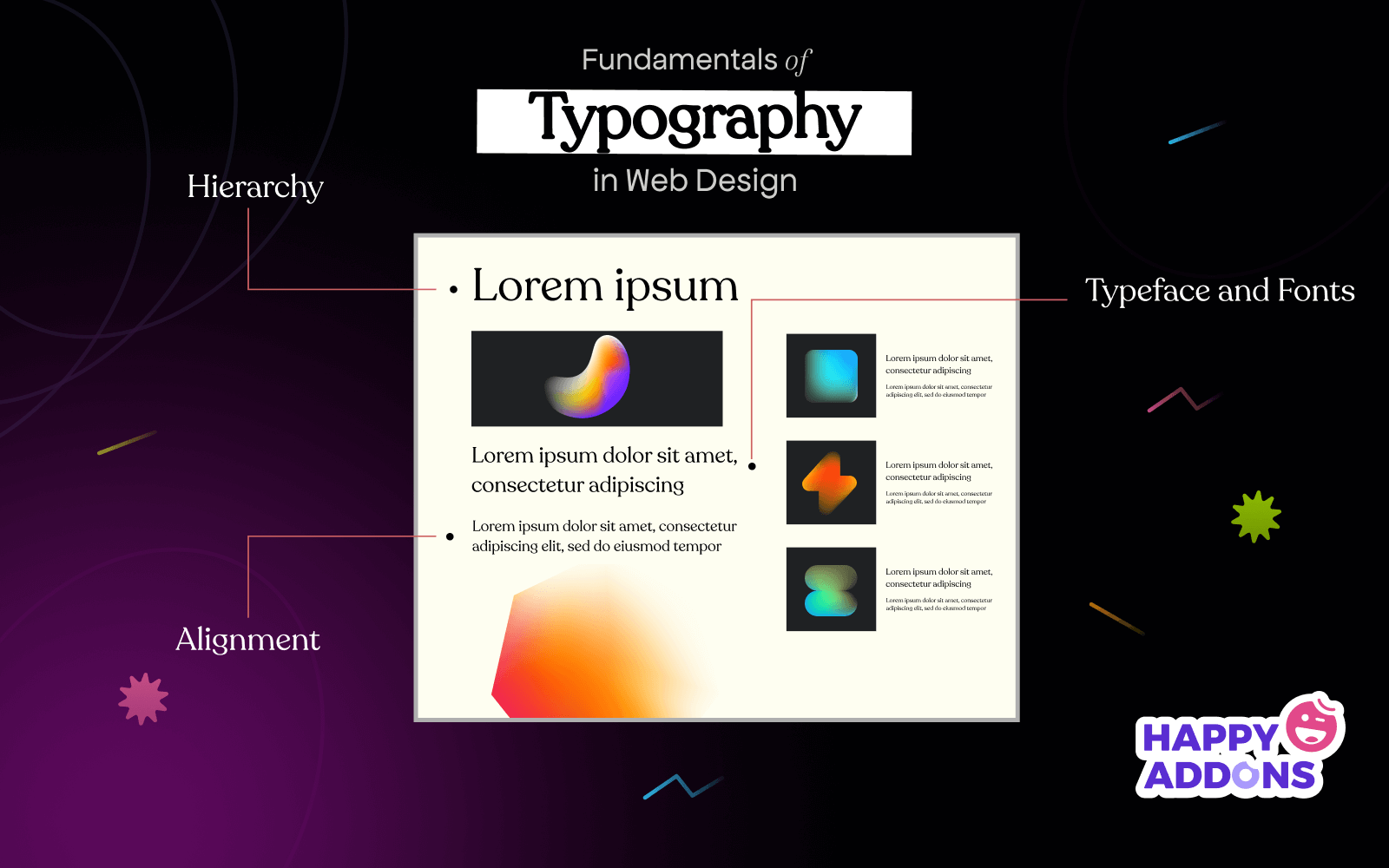
The Significance of Typography in Digital Realms
In the sprawling expanse of digital landscapes, where every pixel beckons for attention, typography emerges as an unsung hero, subtly guiding users through the labyrinth of web design. It isn’t merely a canvas for text but a thoughtful orchestration of letters and spaces that conveys meaning, mood, and intent. As we traverse this era of hyper-connectedness, designers must wield typography with intention, recognizing its power to influence, engage, and evoke. A harmonious blend of aesthetic choices and user-centric approaches can transform mundane interactions into meaningful experiences, enhancing both retention and satisfaction.
To truly harness the quintessence of typography, designers should embrace and prioritize several key principles:
– **Conscious Font Selection**: Choose fonts that reflect brand identity and user intent, understanding that every typeface carries its own emotional weight.
– **Readability and Accessibility**: Ensure that text is legible across devices, catering to all users, including those with visual impairments.
– **Responsive Design**: Craft typography that adapts gracefully to different screen sizes, inviting users to engage effortlessly at any moment.
By focusing on these elements, typography becomes a bridge, connecting users to content while embodying brand ethos and enhancing overall user experience.
Embracing Contemporary Trends for Future Ready Design
As we stand on the brink of innovation, the typography trends of 2025 beckon designers to reimagine their approach. With the rise of customizable, variable fonts and minimalistic styles, there’s a chance to craft unique narratives while enhancing clarity and engagement. This evolution encourages a departure from conventional limits, where typography can now morph to reflect personality and brand voice fluidly. In this vibrant landscape, the modern designer is called to not merely follow trends, but to pioneer, discovering fresh avenues through which typography can breathe life into websites.
In embracing these contemporary trends, designers can indulge in several forward-thinking practices:
– **Personalized Typography**: Experiment with AI-driven solutions that tailor font interactions based on user preferences, creating a more intimate browsing experience.
– **Sustain Simplicity**: Leverage the power of fewer typefaces to communicate more effectively, accentuating messages without overwhelming the viewer.
– **Continuous Evolution**: Remain informed and adaptable to new typographic innovations, integrating them mindfully into design workflows.
With each step taken toward these practices, the landscape of web design becomes not just a series of websites, but a symphony of typographic dialogues that resonate with users, beckoning them to explore further.

